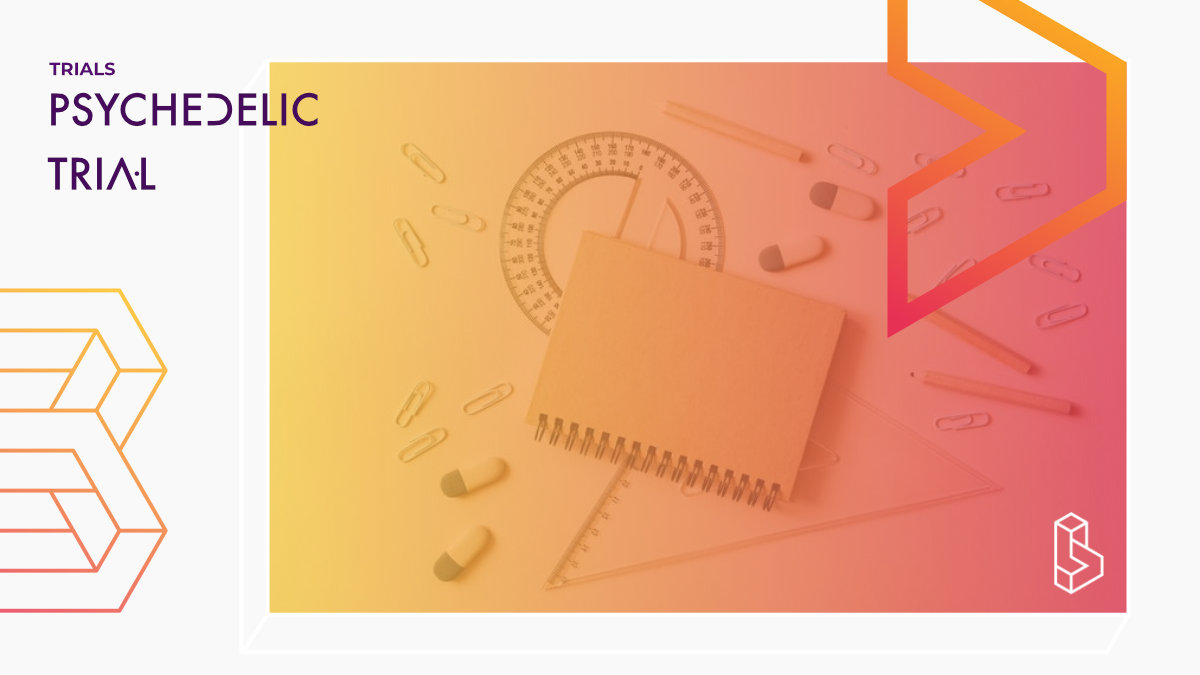To determine the effect of ketamine, compared to propofol, when used an an anesthetic agent for electroconvulsive therapy (ECT) in the treatment of major depressive disorder (MDD).
We hypothesize that ketamine, compared to propofol, will improve the the symptoms of MDD when used as the anesthetic agent to facilitate ECT. Additionally, we hypothesize the dissociative and cardiovascular effects of ketamine will be minimal.
Compound Ketamine
Country Canada
Visit trial
Trial Details
Trial Number
Measures Used
Clinical-Administered Dissociative Symptoms ScaleThe Clinical-Administered Dissociative Symptoms Scale (CADSS) is a scale used to measure dissociative states such as those induced by ketamine.
Montgomery-Asberg Depression Rating Scale
A ten-item diagnostic questionnaire used to measure the severity of depressive symptoms in patients with mood disorders.

